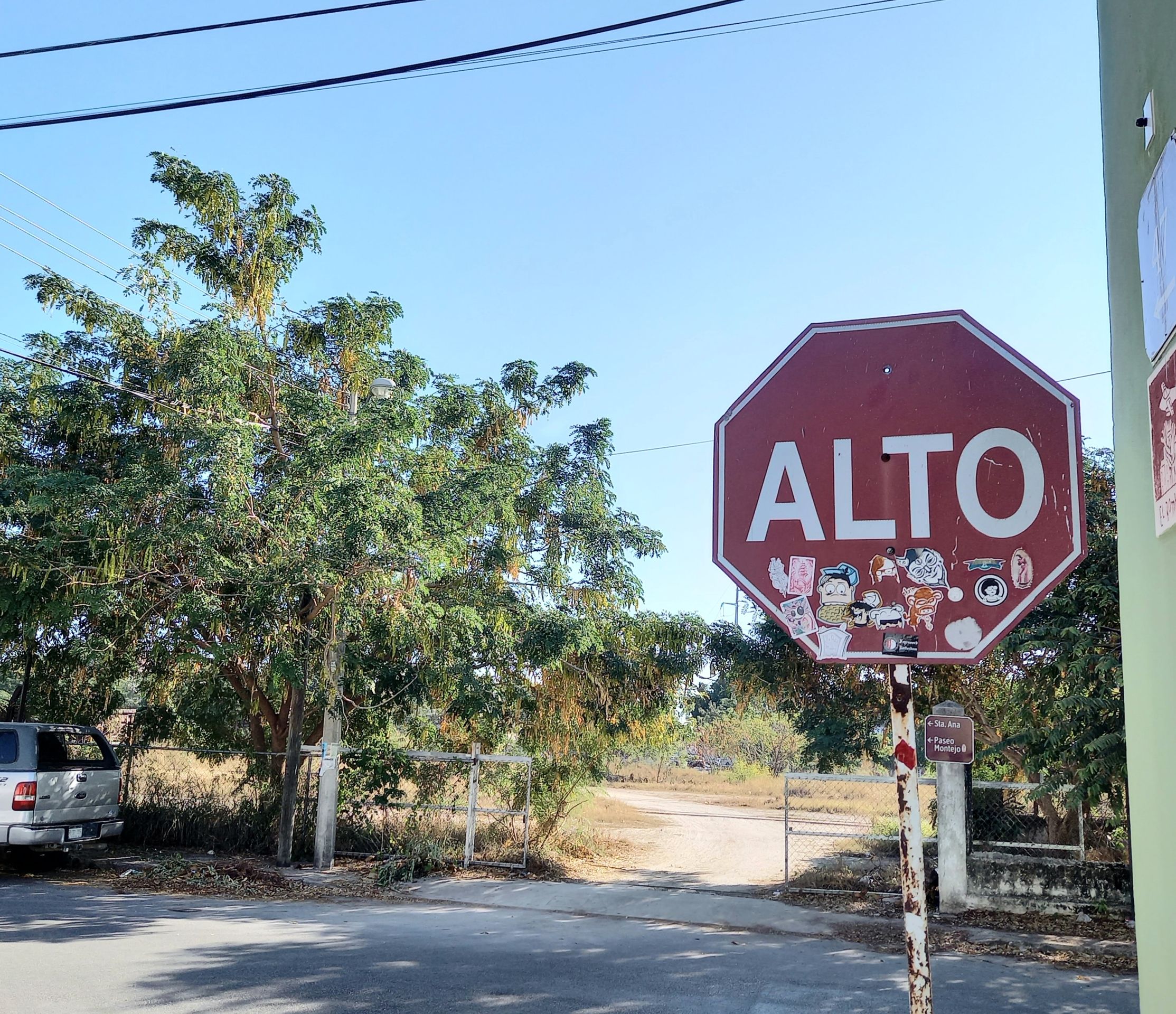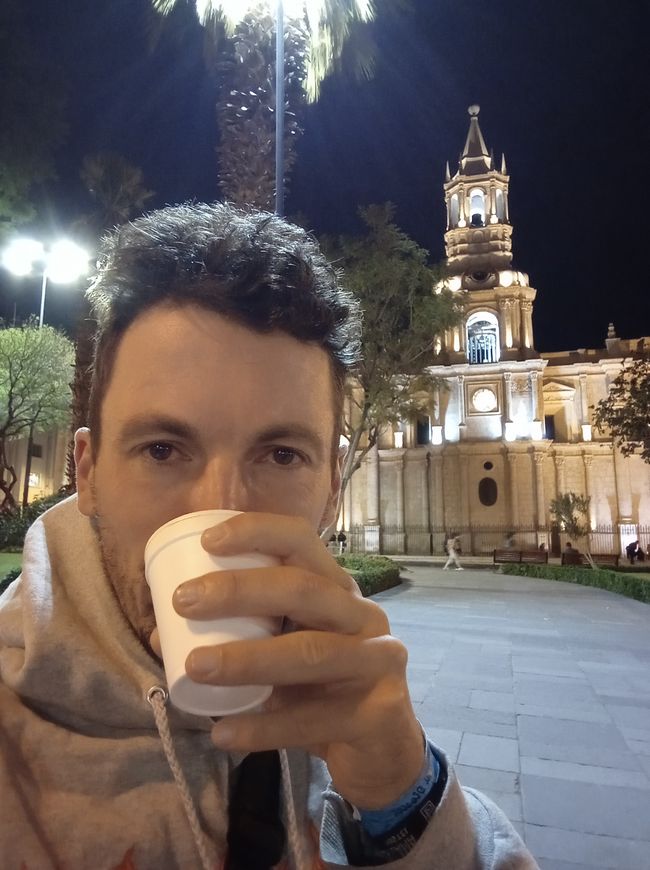Penguins in the desert
Lolomiina: 17.03.2022
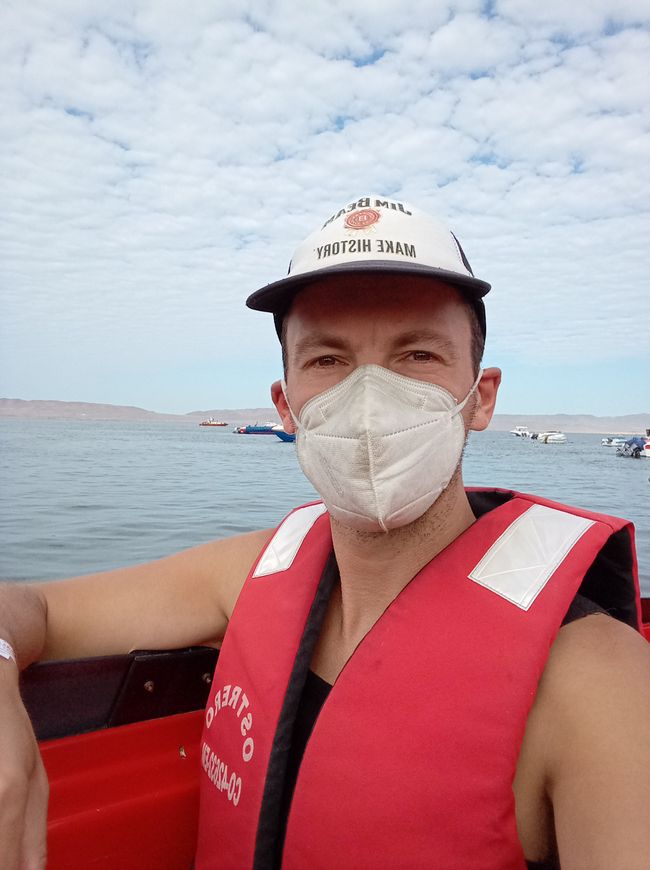
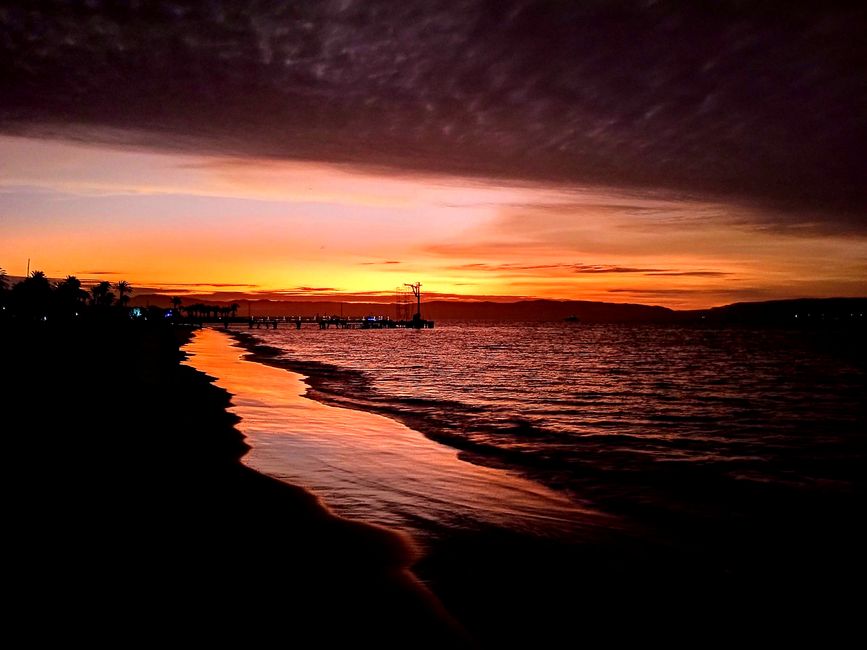
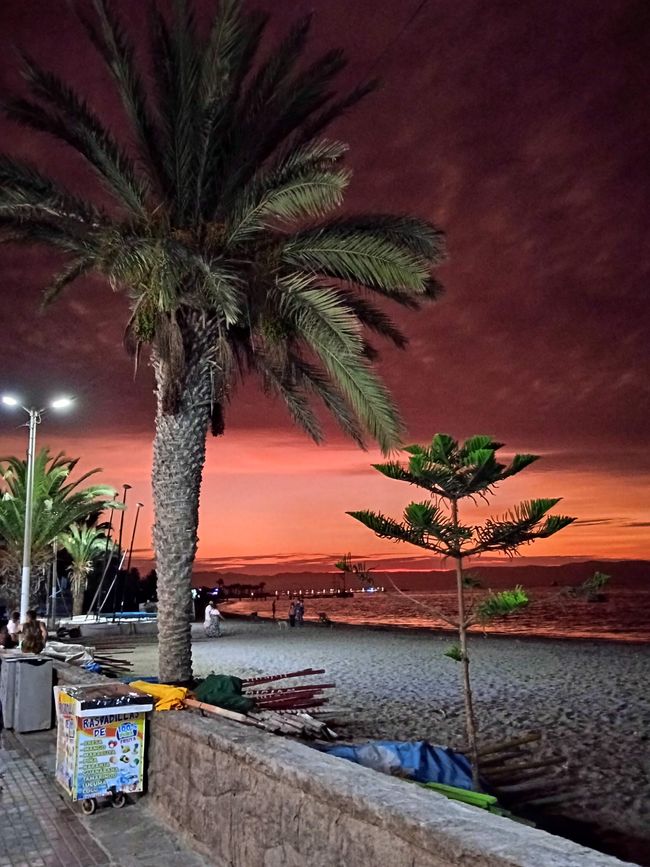
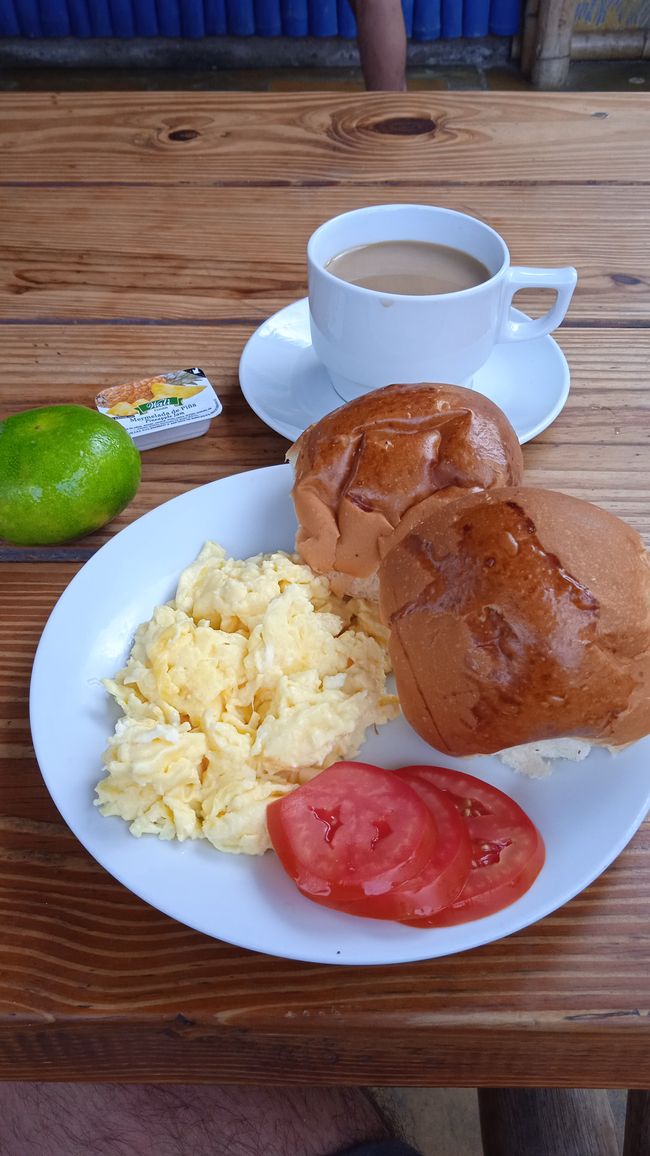
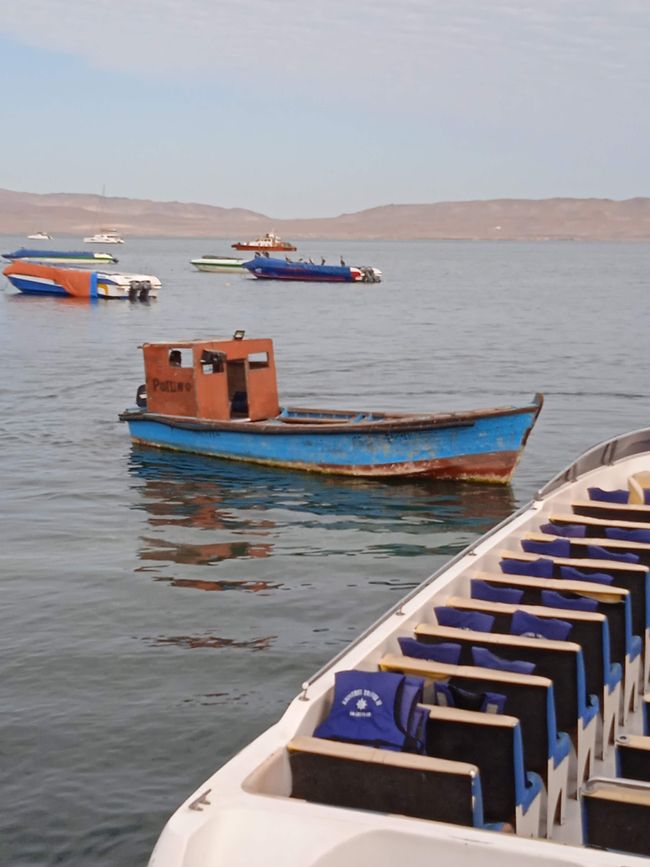
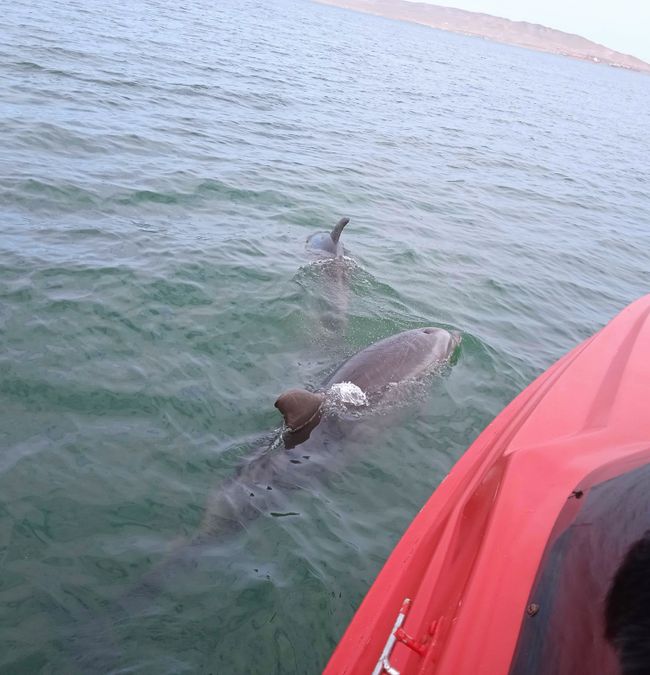
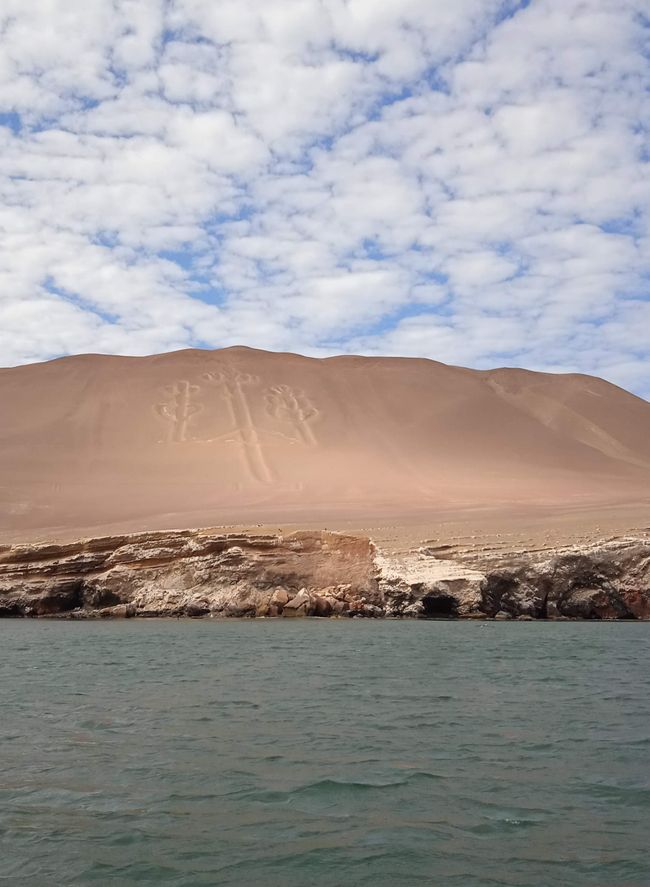
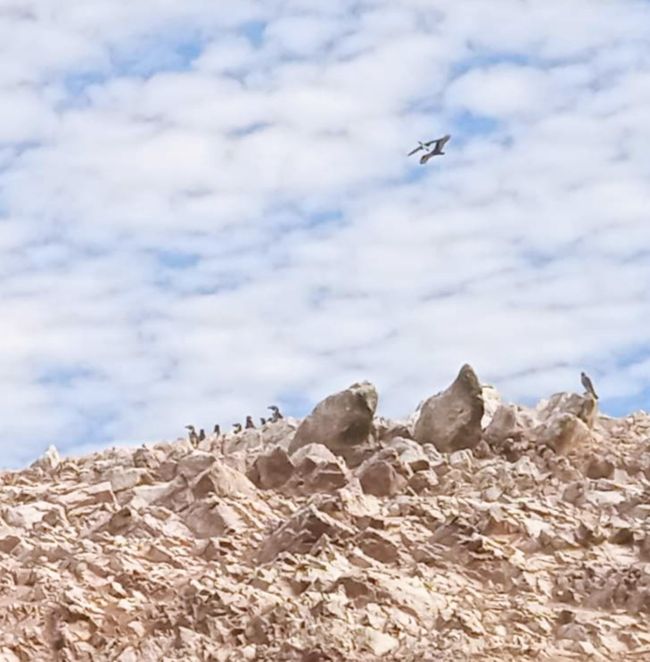
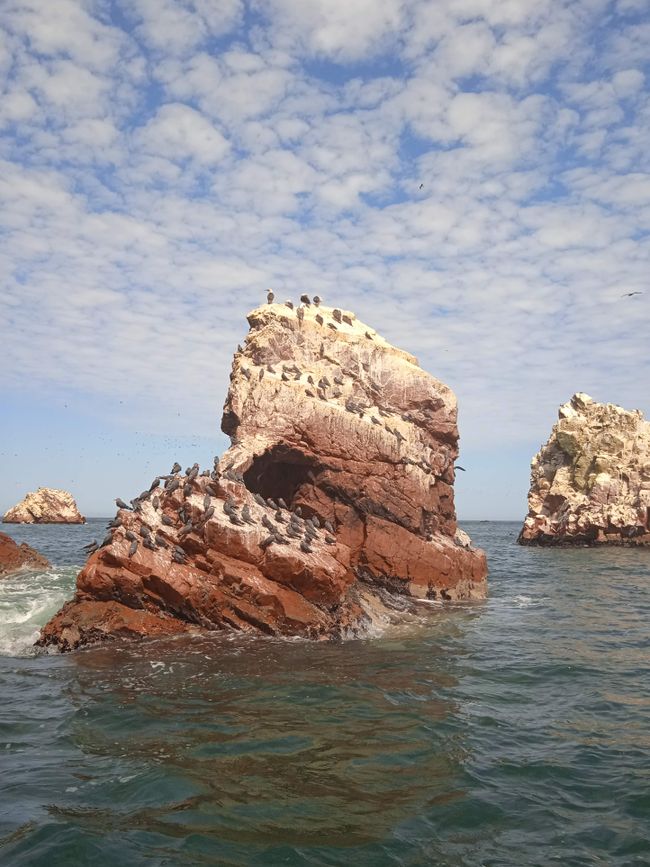
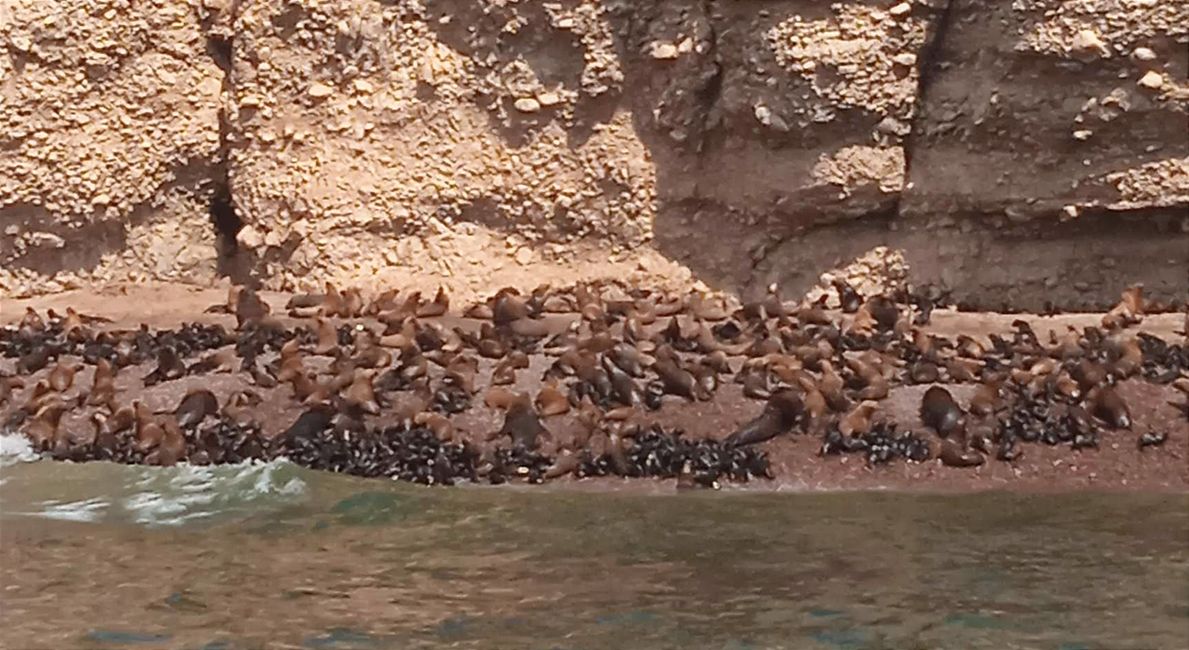
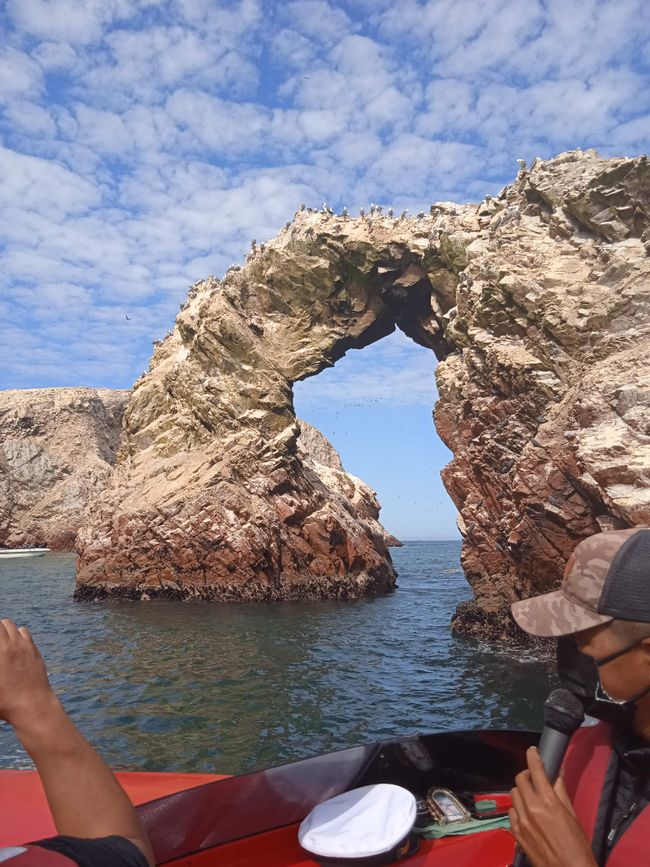
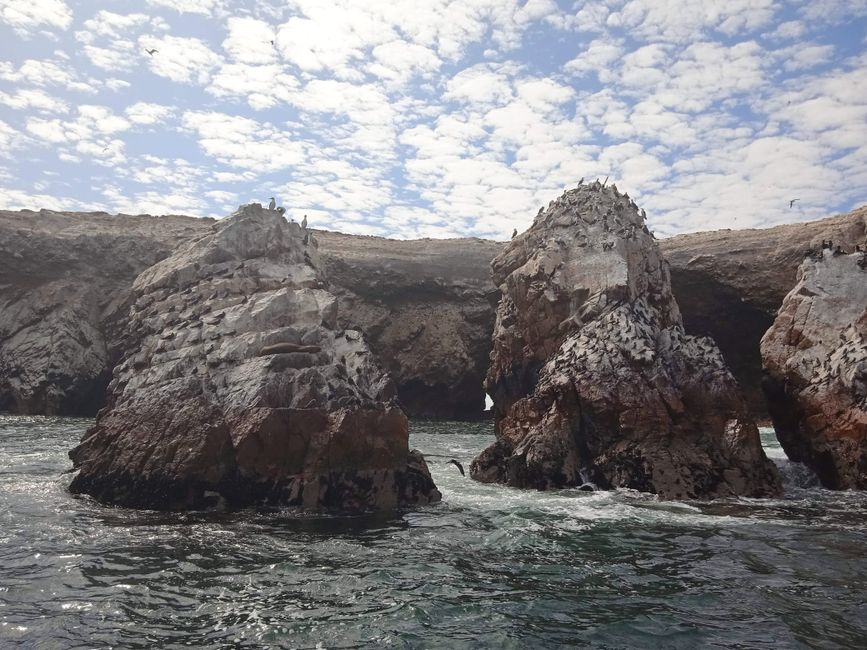
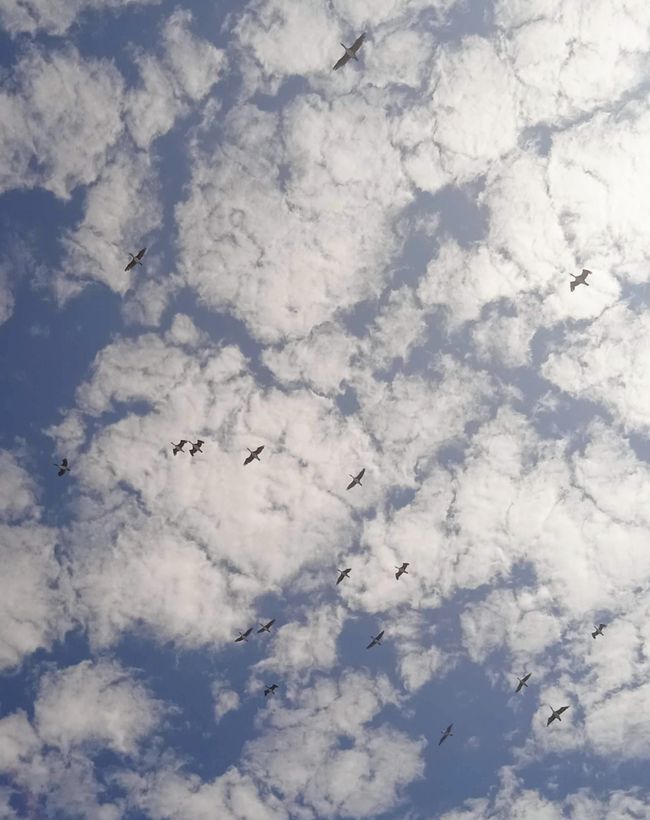
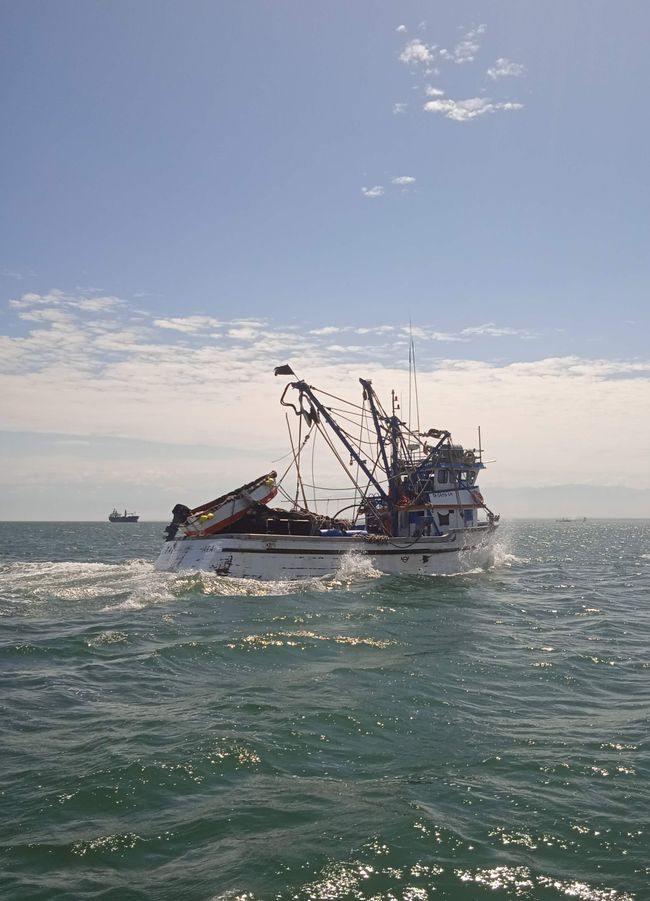
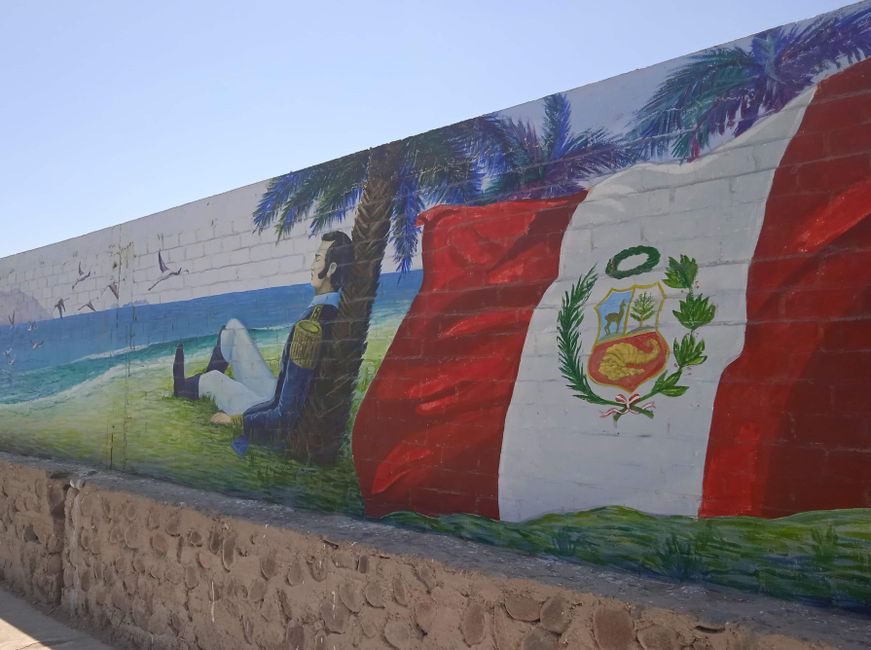
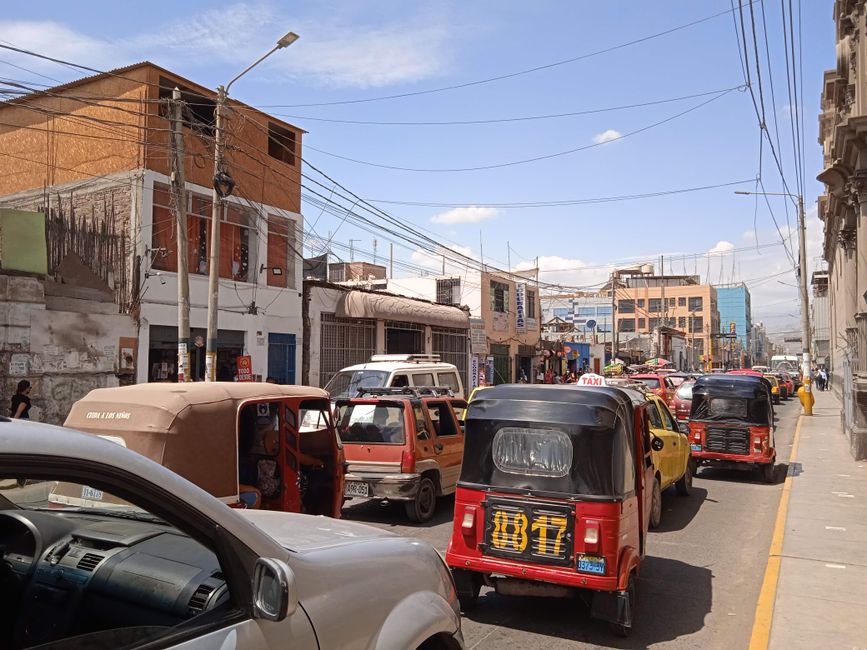
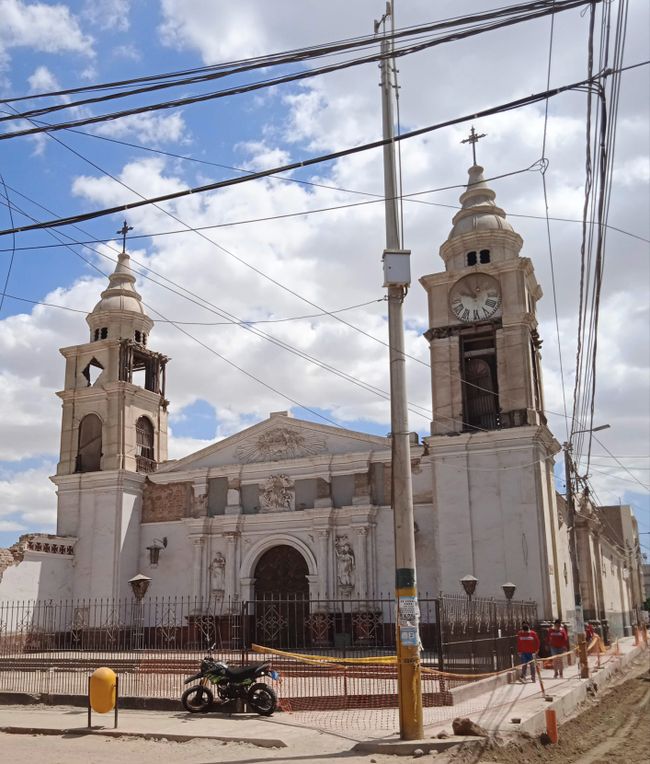
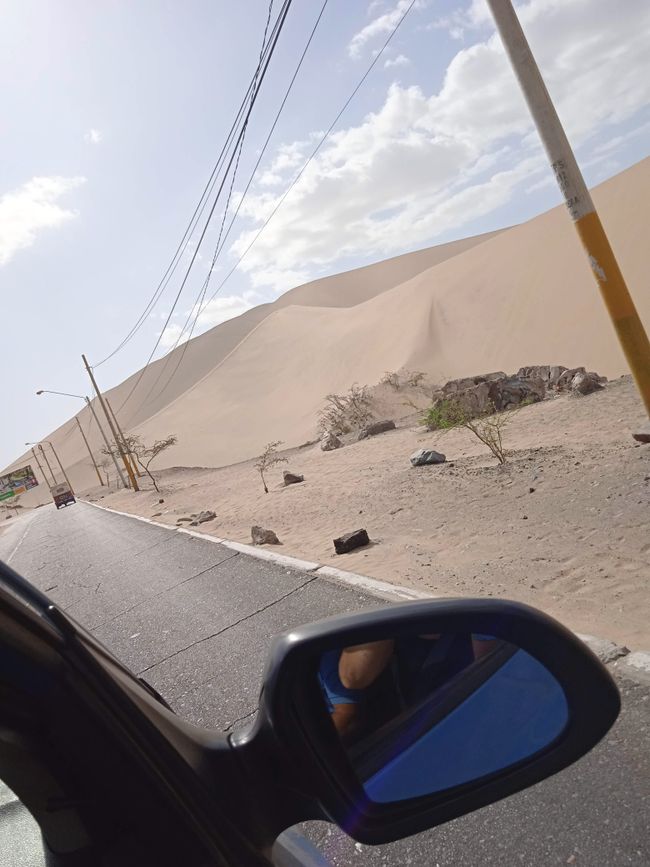
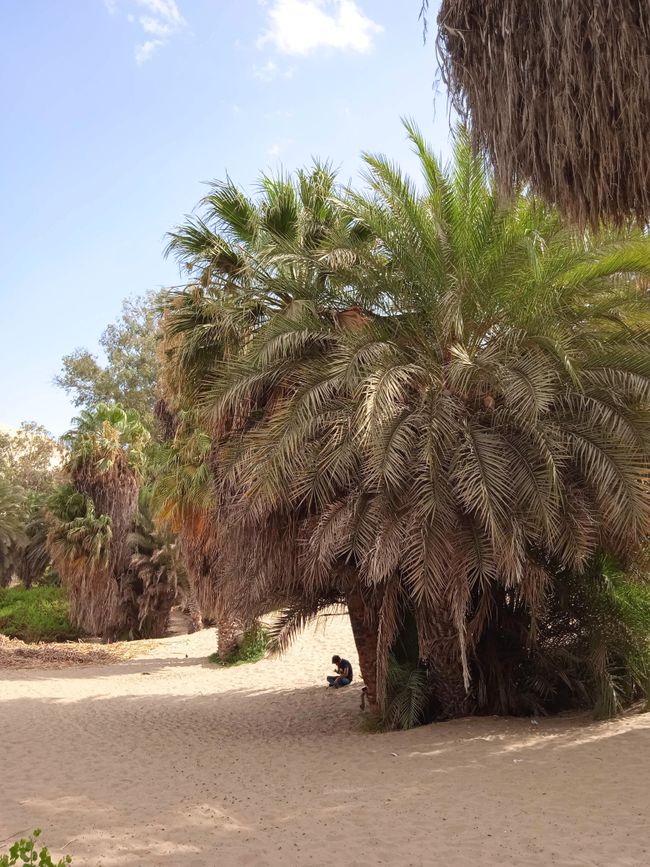
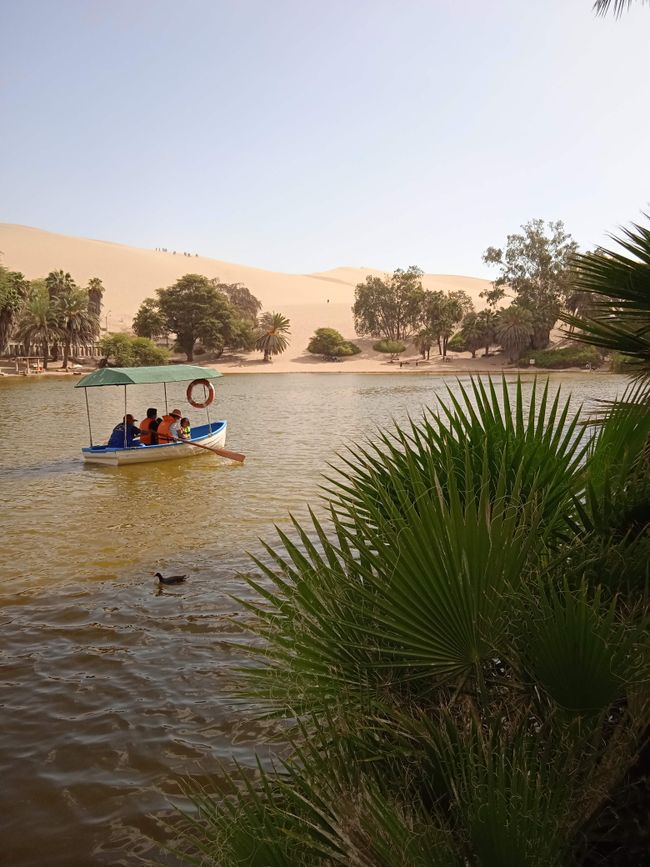
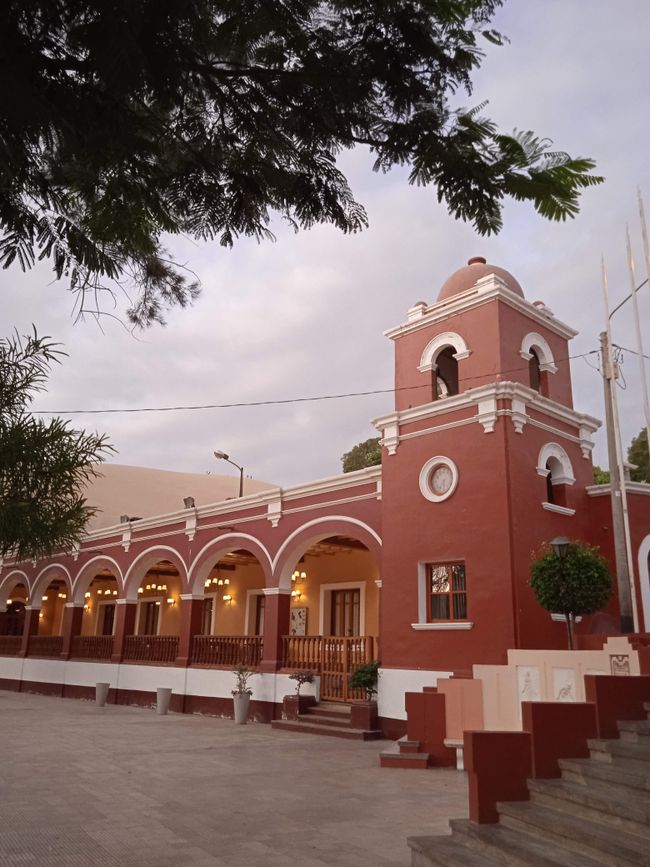
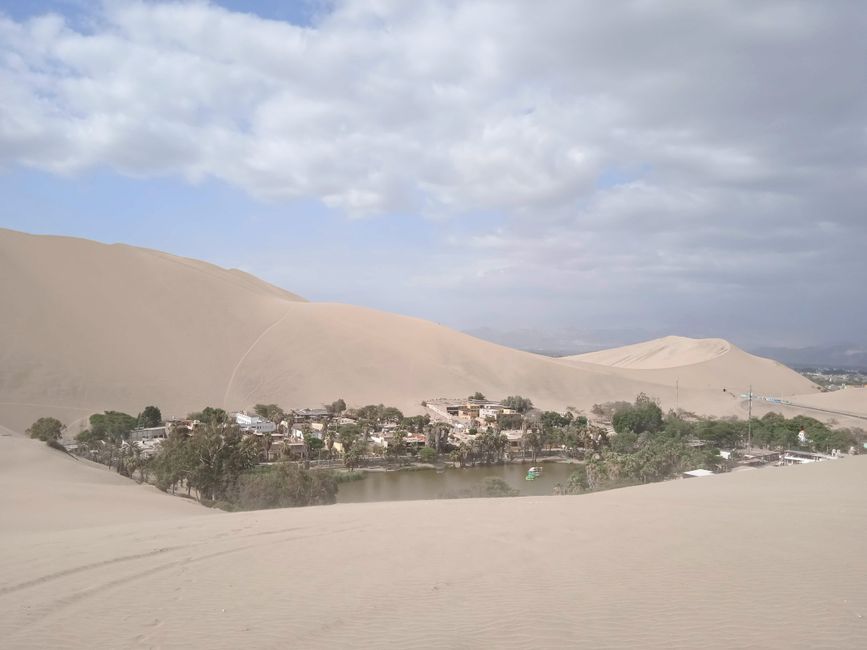
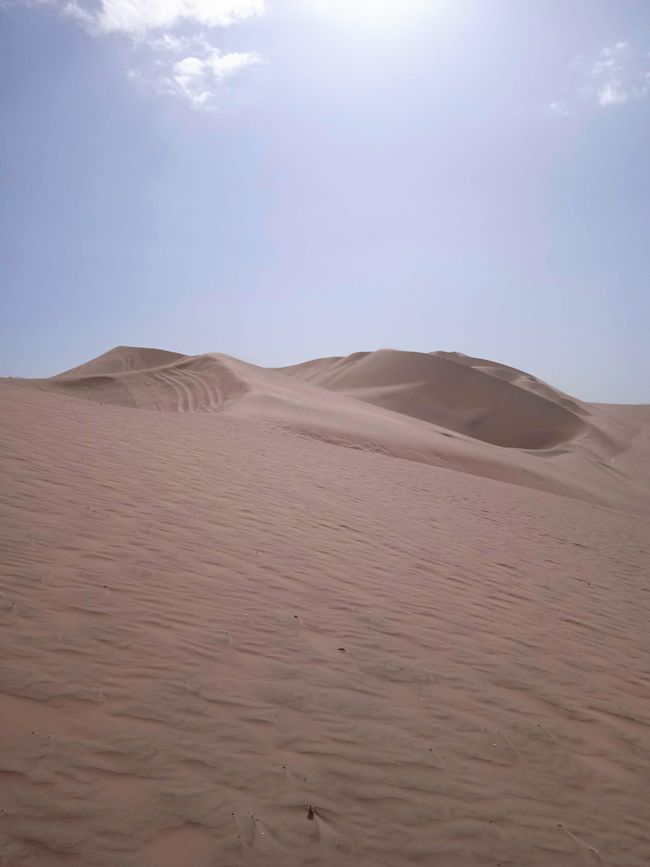
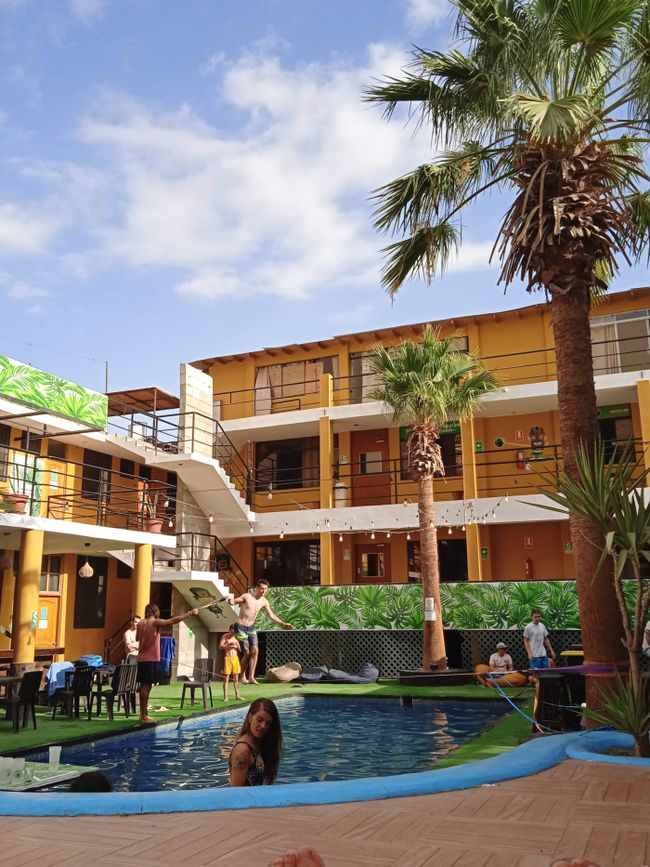
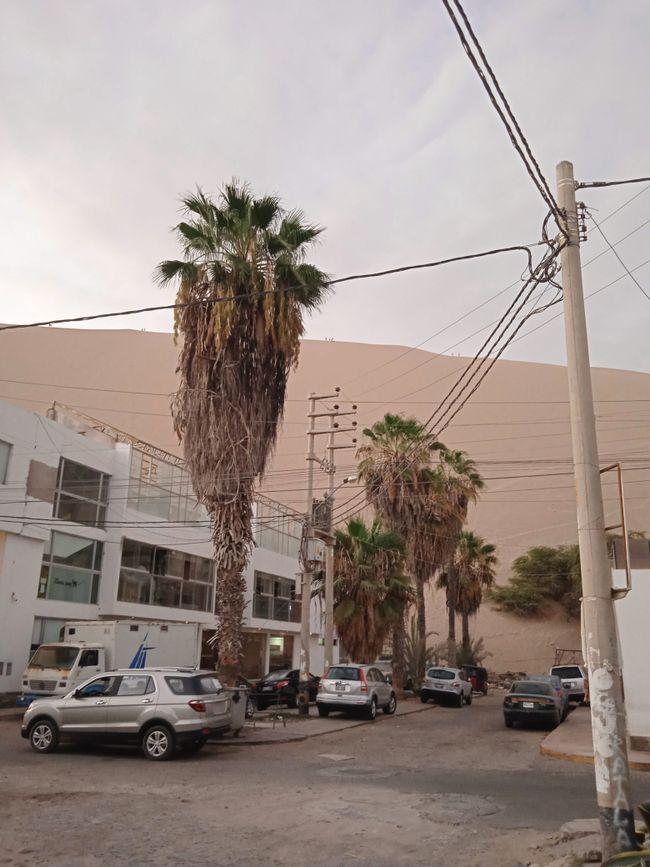
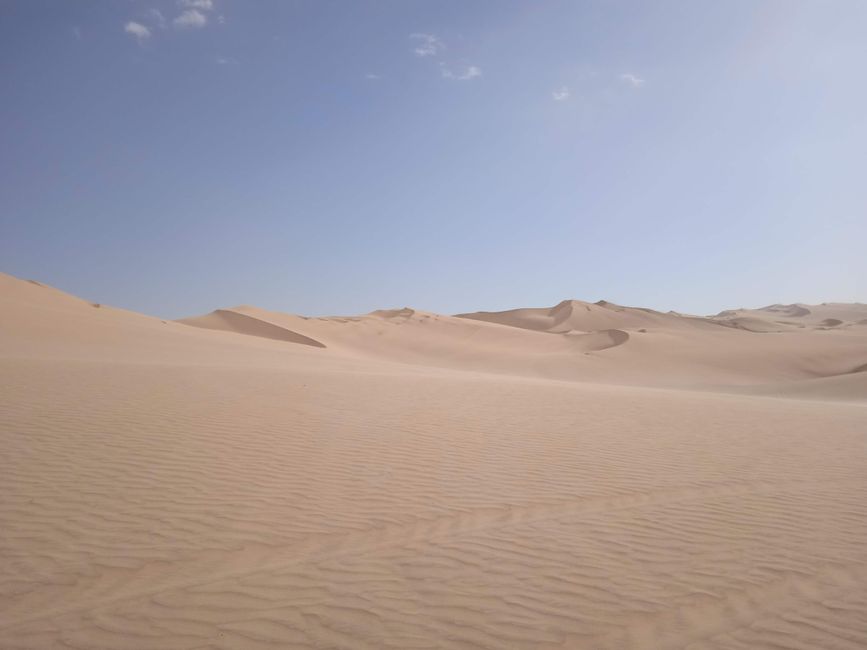
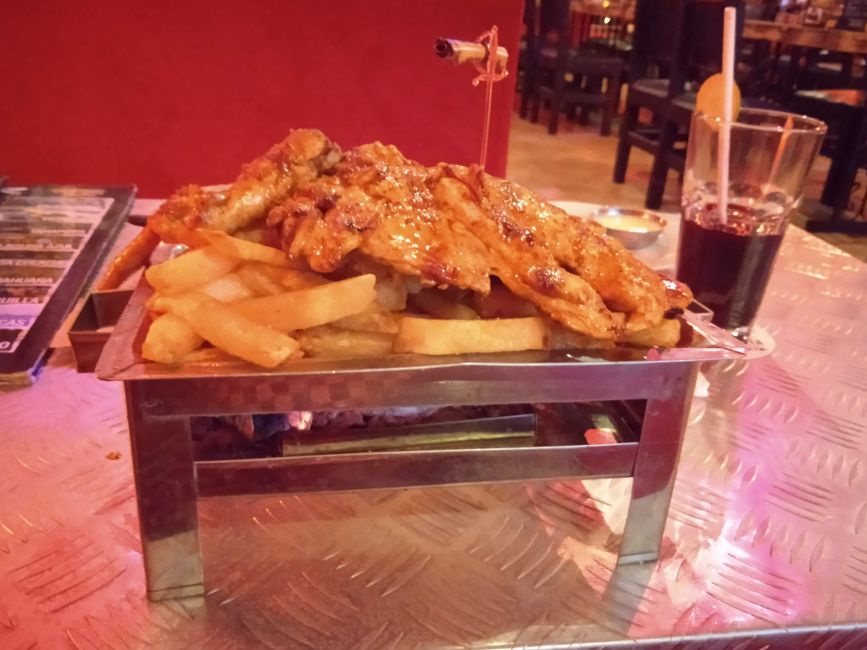
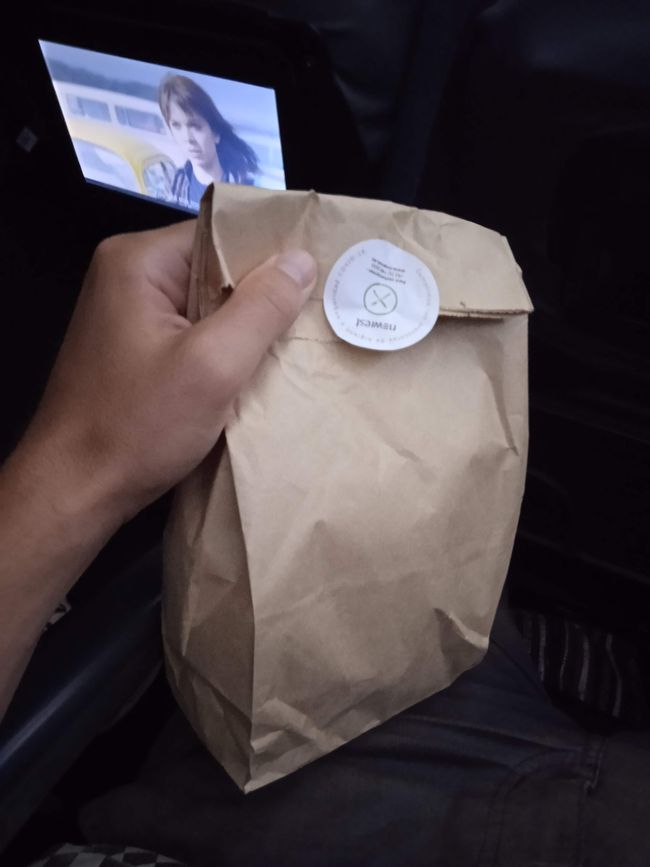
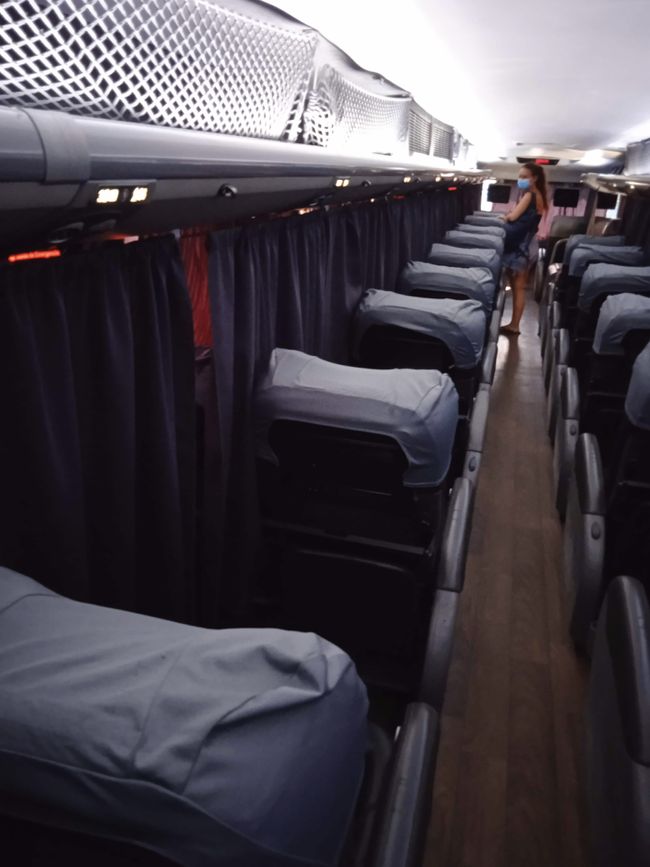
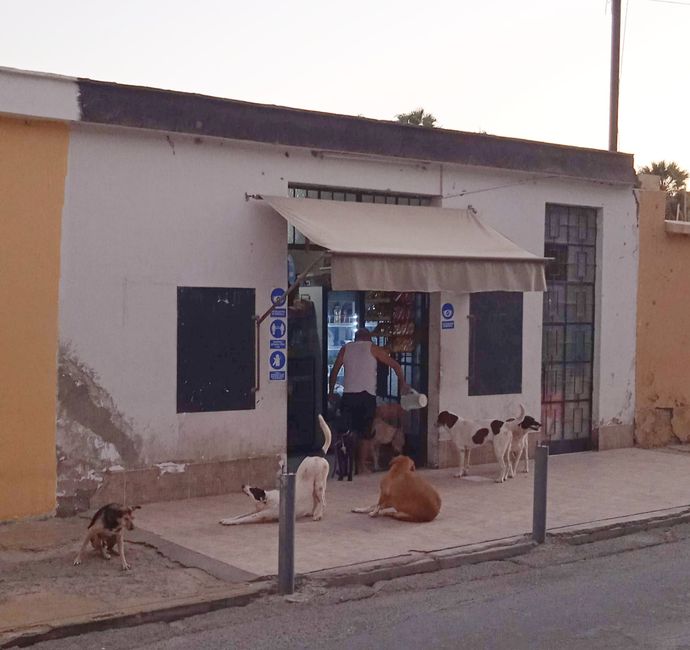
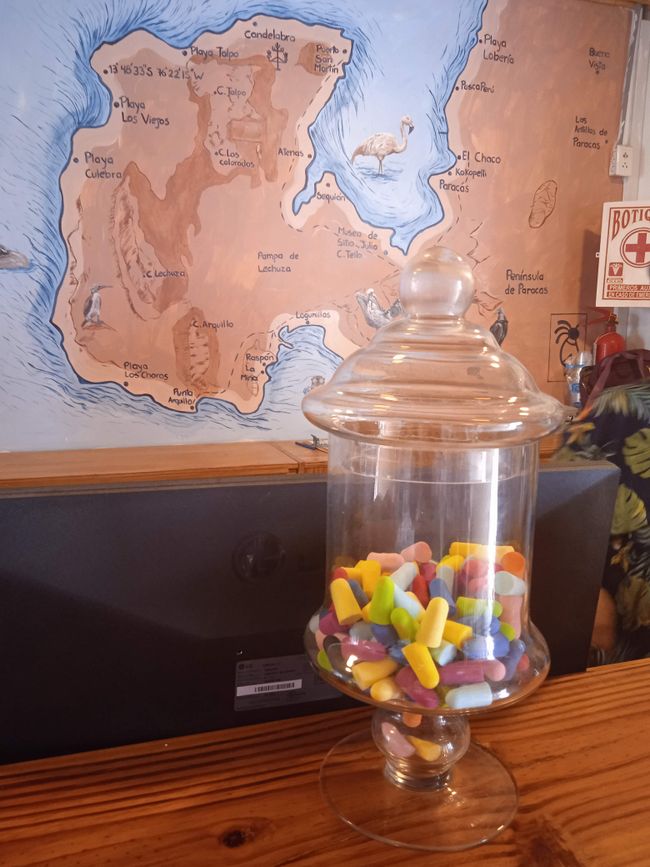
Fa'asoa ile Newsletter
My days in Peru also consisted of only 24 hours, so they were neither longer nor shorter than in Europe or anywhere else. Nevertheless, when writing these lines, I had to think of the wise words of a pub philosopher: Every day is the same length, but different in width.
I experienced a truly wide day on Tuesday. Monday afternoon, I left Lima by bus along the coast to the south. The destination was the fishing village of Paracas, near the city of Pisco. Once there, I settled in at a party hostel, once again. The room had the incredible number of 16 beds - all separated from each other in bunks and equipped with curtains, sockets, and reading lamps - plus a single toilet. But there was a pool outside, access to the beach, and a well-equipped bar. I initially booked only one night, and that's how it stayed.
The alarm clock rang at 6.45 am, so I was the second in line for the bathroom. Then gather my things, check out, and a very modest breakfast at 7.15 am, included for 7.50 euros per night.
Paracas was located in a bay, with the Islas Ballestas in front of it. The islands were a bird sanctuary, providing countless water birds with breeding grounds and habitats. Guidebooks and reports on the internet were full of praise and even compared the archipelago to the Galapagos Islands in Ecuador ('poor man's Galapagos'). A bit exaggerated, especially since the islands were rocks in the sea covered in bird droppings from top to bottom.
Nevertheless, I really enjoyed the two-hour boat trip. The mass of animals was quite impressive, so many birds. In addition, hundreds of sea lions used the few sandy beaches of the islands as a nursery, and we witnessed the young ones learning to swim. The cool water carried by the Humboldt Current from Antarctic latitudes made it possible for Humboldt penguins to feel at home here. By the way, the bird droppings were 'harvested' every eight years and marketed very profitably as guano fertilizer.
On the land side, the so-called Costas dominated the landscape. As a coastal desert (similar to the Namib), the region was characterized by excessive dryness. The beach and the desert seemed to merge inland. Further south, the Costas were already part of the Atacama Desert.
Since I quickly finished my boat tour and the early bus for the onward journey was delayed, I was able to reach the provincial capital of Ica, about 60 km inland, in the early afternoon. There I stood with my luggage, it was hot, really hot, and the wind blew hot air into my face like a hairdryer. There was no baggage storage at the bus station, and my overnight bus ride didn't leave until 11.15 pm. I was melting, surrounded by taxi drivers who were pressuring me with their excursion offers.
Finally, I was able to store my luggage with a delivery service before shuffling through the streets of Ica in search of shade, where there really wasn't much to see. Then I sought refuge from the sun in a café.
Acclimatized and strengthened, I jumped into a taxi and had myself driven to the oasis of Huacachina. The small settlement in front of it really lived up to all the clichés of an oasis: a water hole surrounded by palm trees and about 50 houses in the middle of towering sand dunes. I climbed one of the sand dunes, partly quite painful - flip-flops were not really suitable for Sahara sand. The wind blew strongly, and the sand could still be found in bags and body openings the next day.
At around 4 pm, I found a party hostel with a bar and pool in the oasis, where I could spend time until the evening. At the bus station, I had dinner and somehow managed to pass the time until 11 pm.
Totally exhausted, I fell into the very comfortable seat of my travel bus and actually looked forward to the 13-hour bus ride after a wide day.
Fa'asoa ile Newsletter
Tali

Lipoti o femalagaaiga Peru
